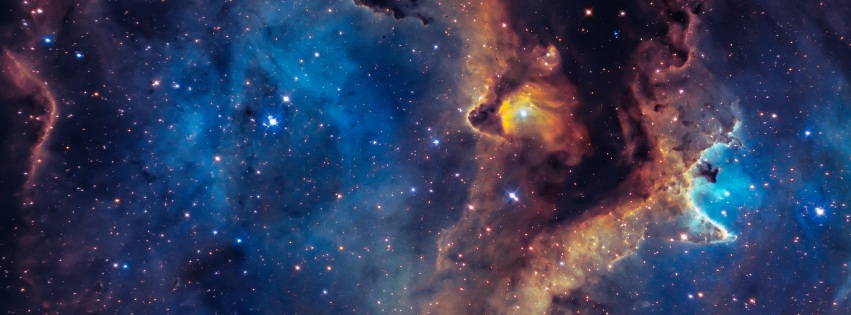It often comes as a surprise that a large number of scientific discoveries were actually made by members of the clergy.
Nicholas Copernicus (who put the sun at the centre of the solar system), Gregor Mendel (who formulated the earliest ideas of genetics), Georges Lemaître (who put for ward the idea of an expanding universe) and Pierre Teilhard de Chardin who reconciled evolution with Christianity were all priests. The clergy were in a good position to do scientific research (particularly until the twentieth century) because they had something many didn’t have – education. They could read, write and do arithmetic which allowed them to pursue their passions.
So why do we assume that religion and science are in conflict?
Primarily it was the work of two men. “Science” and “religion were not really pitted against each other until the middle of the nineteenth century because, until that time, the word “science” still included moral and metaphysical ideas – indeed, until 1834, the word “scientist” (one who practices the scientific method of hypothesis, experiment, observe, critically review and, if necessary, change the hypothesis) did not exist. In 1860 the English scientist John William Draper spoke at the British Science Association which led to the church being pitted against Darwin over his theory of evolution. This led to Draper writing a book in 1874 entitled “History of the Conflict Between Religion and Science”.
At the same time American writer Andrew Dickson White wrote a similar work entitled “The Warfare of Science”. Though his work was really an attack on dogmatic beliefs rather than religion as a whole, but it was followed twenty years later by a more historical approach which gained much credibility at the time though their works are regarded as “shoddy writing” by modern historians.
However, the damage had been done. People were induced to believe that this conflict had been going on for centuries. The fuse was lit, the first salvo had been fired and, despite the fact that there are still many church scientists today (the Vatican even has its own Observatory), public perception is that there has been a bitter war fought for many years.
Misunderstandings as to the true nature of Galileo’s battle with the church, for example, along with beliefs such as the church banning the number zero, the excommunication of Halley’s comet, or that the church believed for centuries that the earth was flat, are urban myths peddled, in the main, by Draper and White’s writings.
The Rev’d Selina McMahon is LGBTQIA+ outreach officer for the Anglican Church in Southern Queensland. You can read more of her writing here.
